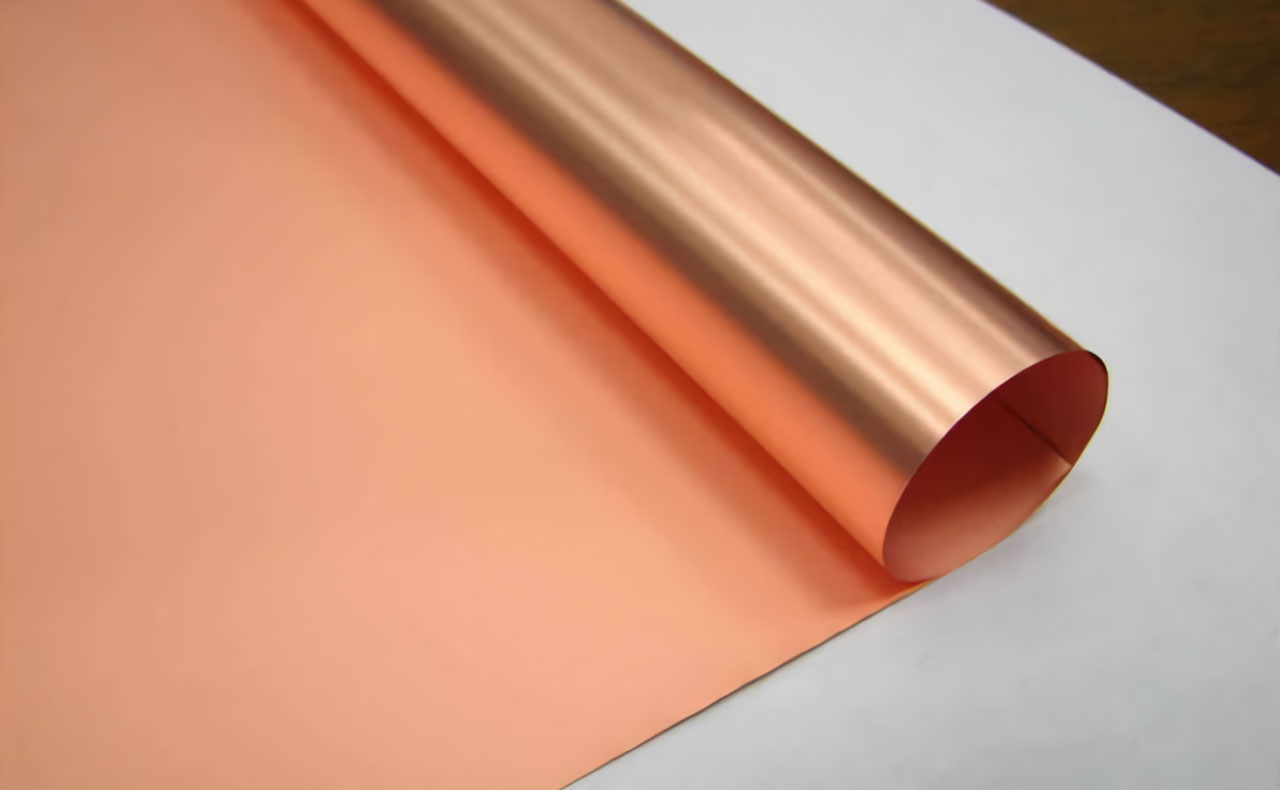

In daily life, each of us can be said to be inseparable from copper products, but even so, there are still many people who cannot distinguish the same materials correctly, and what are the uses of various copper materials.
Copper materials can be simply divided into two categories, one of which is pure copper, and the other is the composition of various copper alloys. What is a copper alloy? According to the explanation of Baidu Library, an alloy is a substance with metallic characteristics synthesized by a certain method from two or more metals and metals or non-metals. It is generally obtained by melting into a homogeneous liquid and solidifying. Copper alloy obviously means that the alloy contains copper element. It can be simply understood as an alloy formed by adding one or more other elements to pure copper as a matrix.
According to our country's classification standards for non-ferrous metals, pure copper is divided into three types, namely, oxygen-free copper, red copper, and phosphorus deoxidized copper. The purity of oxygen-free copper copper is greater than 99.95%, due to its high electrical conductivity, stable processing performance, good weldability, corrosion resistance and low temperature performance. Therefore, it is widely used in the manufacture of busbars, conductive strips, waveguides, coaxial cables, vacuum seals, vacuum tubes, transistor components, etc.; usually, when we say red copper, we mean more than 99.95% copper, and it must be a very small amount. Because the purity of red copper is very high, the conductivity of red copper is much lower than that of other materials. Red copper is widely used in the production of electrical equipment and heat exchangers such as generators, bus bars, cables, switchgear, transformers, etc.; the copper content of phosphorus deoxidized copper is more than 99.90%, and its welding performance and cold bending performance are good. It is widely used in the production of gasoline or gas Conveying pipes, drain pipes, condenser pipes, mine pipes, condensers, evaporators, heat exchangers, train box parts.

The classification of copper alloys is generally divided into the following four categories: brass, bronze, cupronickel, and silver copper.
Brass refers to an alloy based on copper and zinc. Due to its high strength, high hardness, and strong chemical resistance, brass is widely used in the production of heat exchangers and condensers, cryogenic pipelines, and subsea transportation pipes. .Manufacturing sheets, bars, bars, pipes, casting parts, etc.;
Bronze originally refers to copper-tin alloy. Because bronze has high strength, good sliding friction resistance, excellent cutting performance and good welding performance, it has good corrosion resistance in the atmosphere and fresh water, etc., so bronze is widely used Used in springs, reeds and other elastic components and pipe fittings, chemical equipment, wear-resistant parts and anti-magnetic parts, as well as the production of parts that bear friction in the aviation, automobile, tractor industries and other industries; cupronickel is a copper base with nickel as the main additive element Alloy with good ductility, high hardness, beautiful color, corrosion resistance, and deep drawing performance. It is widely used in shipbuilding, petrochemical industry, electrical appliances, instruments, medical equipment, daily necessities, handicrafts and other fields. It is also an important resistance and thermocouple alloy.
The disadvantage of copper-nickel alloy is the main added element-nickel is a scarce strategic material, and the price is relatively expensive;
Silver-copper is a binary alloy of silver and copper. Its outstanding features are strong resistance to sulfides, good electrical conductivity, fluidity and wettability, good mechanical properties, high hardness, wear resistance and welding resistance . It is widely used to make contacts, conductive rings and fixed contacts of air circuit breakers, voltage controllers, telephone relays, contactors, starters and other devices. Vacuum solders, commutators, coins, decorations and tableware, etc.